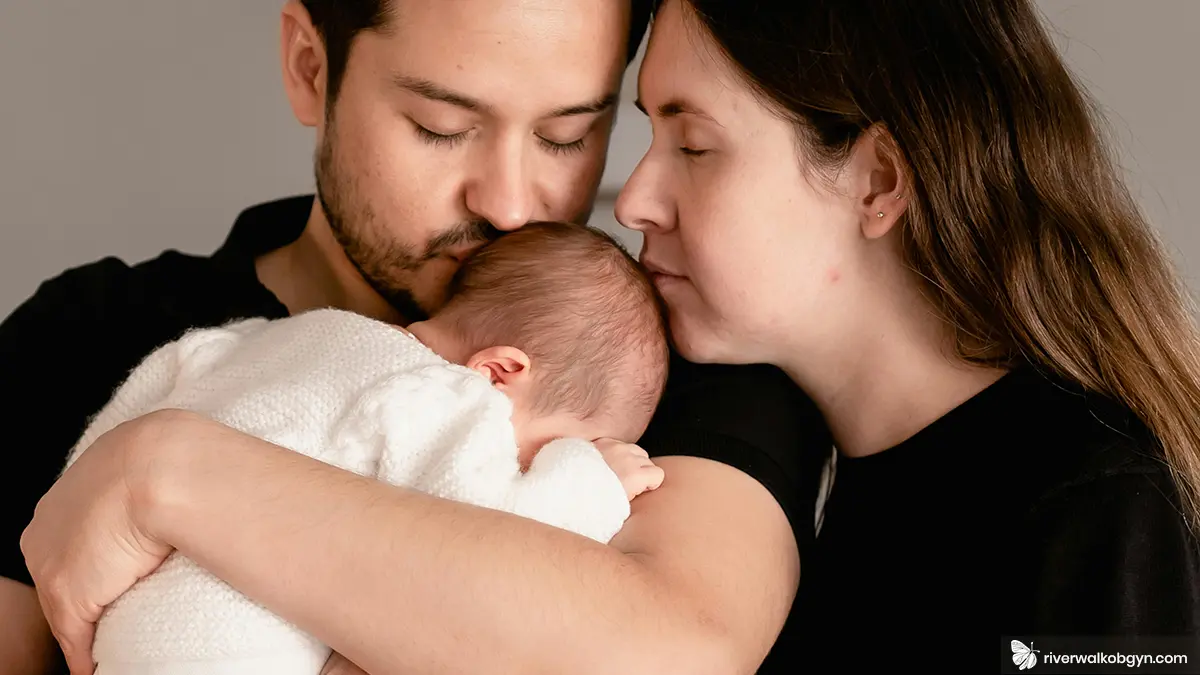Is It Possible To Have Normal Delivery After C-Section?

For many women who have undergone a cesarean section (C-section), the possibility of a vaginal birth after cesarean (VBAC) is a significant consideration during subsequent pregnancies. While some believe that once a C-section is performed, all future deliveries must follow the same path, the reality is that many women successfully achieve a vaginal birth after cesarean.
Understanding VBAC
Vaginal birth after cesarean refers to delivering a baby vaginally following a previous C-section. This option is viable for many women, depending on factors such as the type of uterine incision from the prior C-section, overall maternal health, and the reason for the initial cesarean delivery.
Benefits of Vaginal Birth After Cesarean
Opting for a VBAC offers several advantages:
- Shorter Recovery Time: Unlike C-sections, which require significant healing time, vaginal delivery allows for a quicker postpartum recovery.
- Lower Risk of Surgical Complications: A successful VBAC reduces risks associated with repeat C-sections, such as infections and blood loss.
- Future Pregnancy Considerations: Women who undergo multiple C-sections face increased risks of placenta complications in future pregnancies. VBAC may help mitigate these concerns.
Who Can Consider VBAC?
A vaginal birth after cesarean is a feasible option for many women, but certain conditions increase the likelihood of success:
- The previous C-section was performed with a low transverse incision.
- The mother has no history of uterine rupture.
- There are no complications such as placenta previa or other medical concerns.
- The labor progresses naturally without distress to the baby.
Potential Risks of VBAC
While VBAC has many benefits, there are also risks to consider such as uterine rupture. Although rare, uterine rupture is a serious complication where the scar from the previous C-section tears during labor. Some VBAC attempts may not proceed as planned, requiring an urgent surgical intervention. In addition, not all hospitals and healthcare providers support VBAC due to the need for emergency medical intervention if complications arise.
Conclusion
A vaginal birth after cesarean is possible for many women, provided they meet certain medical criteria and have the support of a qualified healthcare provider. Consulting with your doctor at Riverwalk OB-GYN to assess individual risks and benefits is crucial in making an informed decision. With proper medical supervision and careful planning, many women can successfully experience a vaginal birth after cesarean, enjoying its benefits while ensuring the safety of both mother and baby.




